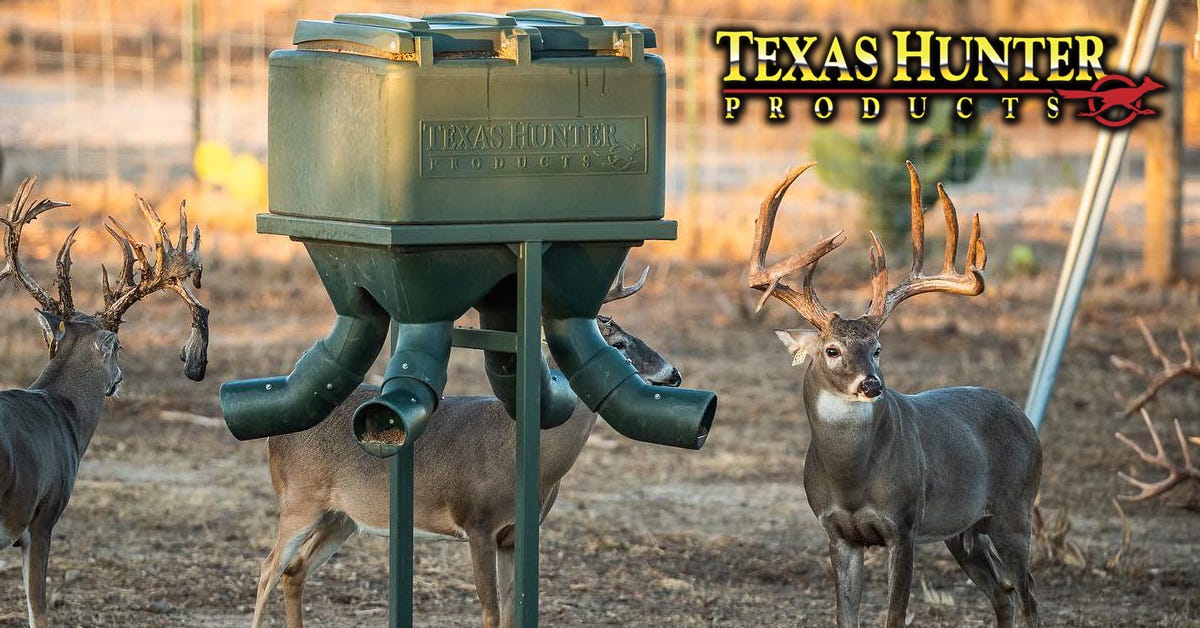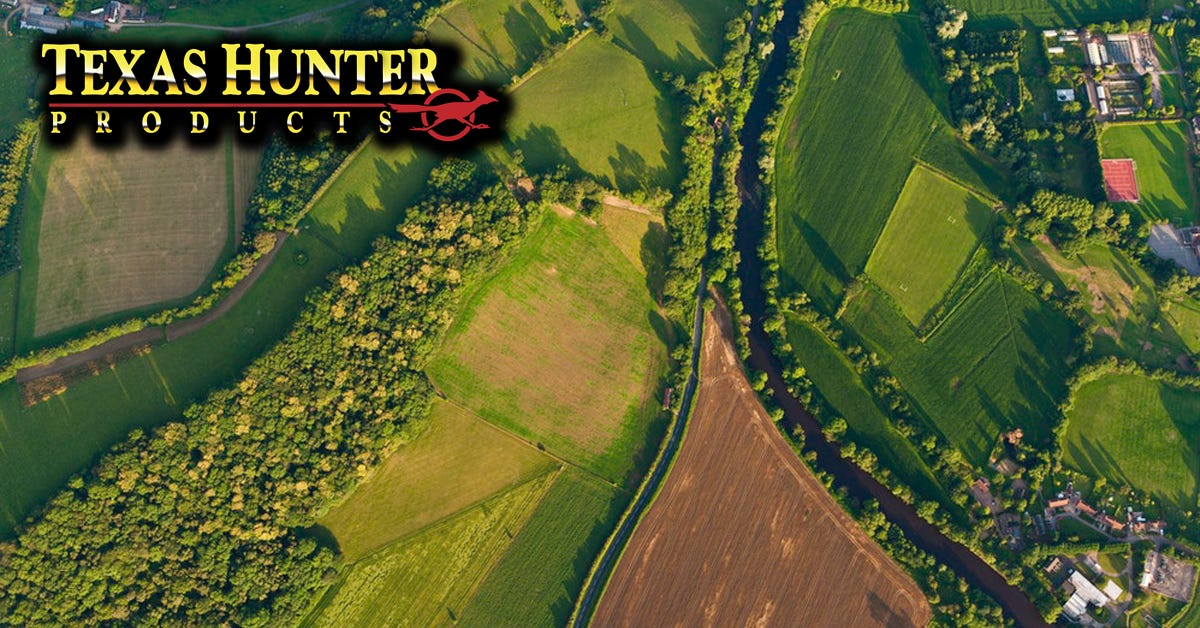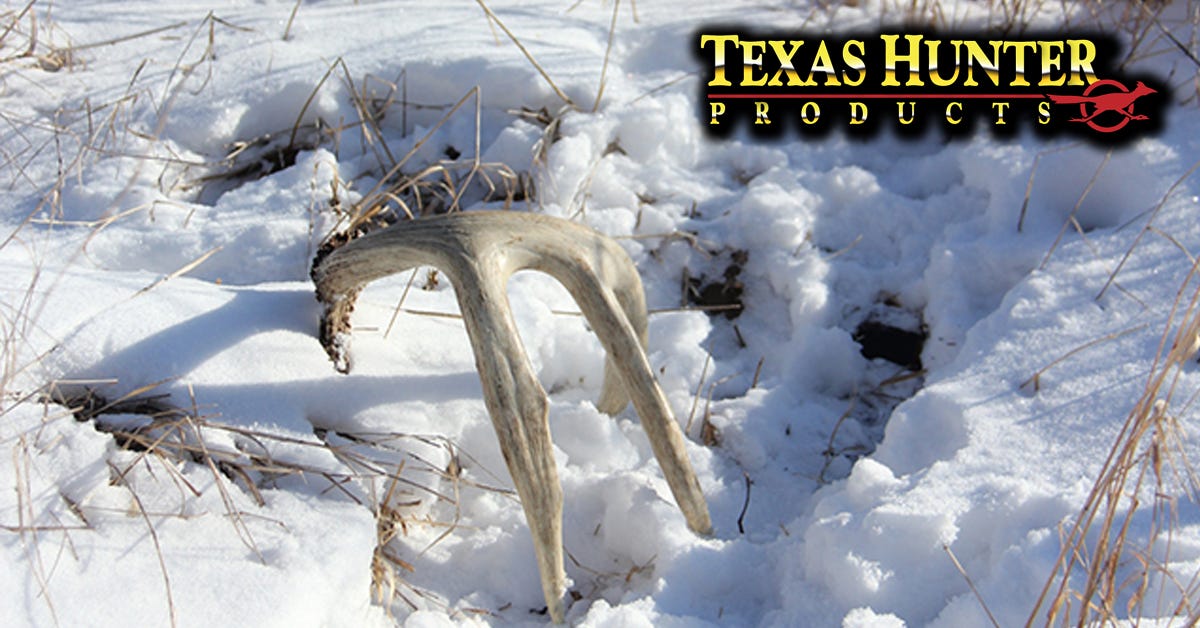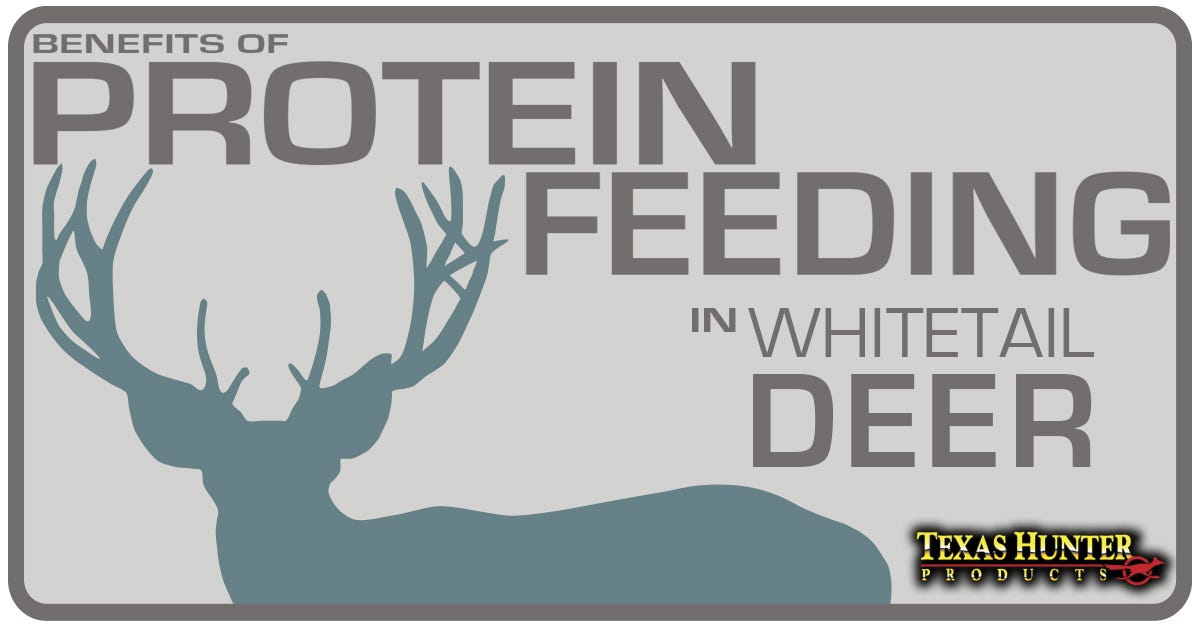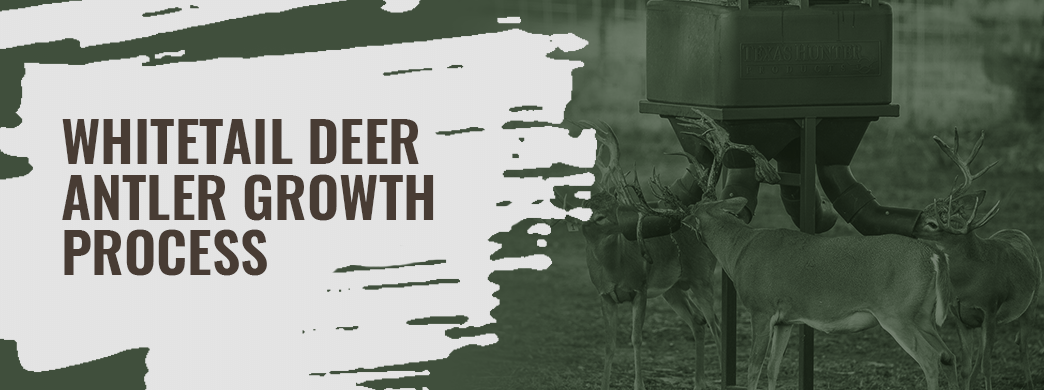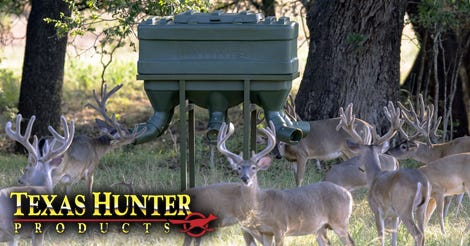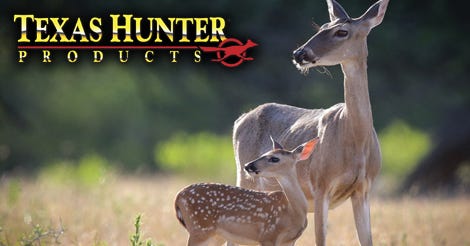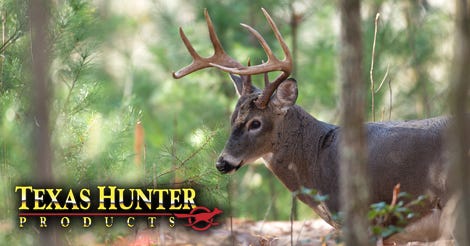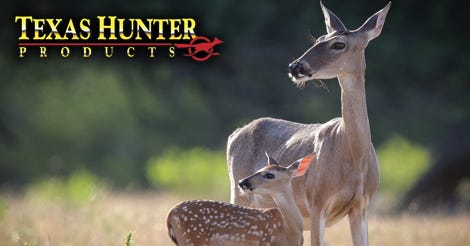The Importance of Protein Feeders to Healthy Antler Development
With spring upon us, we're heading into peak season for bucks to begin the fascinating cycle of growing their antlers. Covered in velvet skin rich with oxygen and nutrients, antlers are some of the fastest-growing bones in the entire animal kingdom, growing up to a 1/2-inch per [...]
Read more
How To Create Your Property's Soft Edges to Improve Deer Habitat
As symmetrical and "right" as the above property appears, it's not what deer hunters should aspire to.
When you look at your land, what do you see? Field, forest and food plots? The most successful and knowledgeable deer and deer-habitat managers view their properties not as [...]
Read more
The link between where you are likely to find a buck’s shed antlers and where you are likely to shoot that buck in the fall is way overrated.
In winter when a buck's antlers are dropping, his life revolves around finding the best quality food to replenish his body after the peak rut period. Bucks will [...]
Read more
Click to Enlarge
Where to Place Protein Feeders
Protein feeder placement plays an important role in antler development because bucks tend to dominate feeders with protein-rich feeds. Whitetail bucks frequent protein feeders daily, especially during times of low natural forage and feeding protein is beneficial for the entire deer community, including pregnant, nursing does and fawns.
When establishing [...]
Read more
Do you want your bucks to have bigger antlers this year? Before you treat your deer, you need to understand the basics of what antlers are and how antlers form over time.
Antlers are pieces of bone that grow out of the pedicles of a deer. Nutrition, age and genetics all play a role in how [...]
Read more
Maintain a Healthy Deer
Population with Protein Feeders
Whether you own
your own hunting property or manage a recreational property, maintaining a
healthy, well-fed wildlife population is a challenge throughout the year. Seasonal
changes, especially in colder regions, along with changes in natural habitat
can limit the availability of vegetation and other food sources. In winter
months, this is particularly true and [...]
Read more
Providing cover helps fawns survive these summer months.
Fawns experience fast growth over the summer months. Fawns in northern states are
typically born in May and June while fawns in the South are born over a much wider
time frame. Healthy fawns average 4 to 8 pounds at birth, and then double that
weight during the first 2 weeks [...]
Read more
Have you wondered why some land managers feed protein to deer
while others don’t? Let’s take a look at two whitetail studies that used
high-quality protein to see what impact it made on antler and body sizes. The
results might shock you!
The main reason to feed protein is because deer and all other mammals
need it to grow. It’s [...]
Read more
Spring is here! The
air and soil temperatures are rising, and new vegetation is emerging in the
fields and woods. Whitetail deer require a balanced diet throughout the year
and, as the seasons change, so do the nutritional requirements of bucks, does,
and fawns. Their diets will vary slightly but protein is critical to all three.
It is important [...]
Read more

